
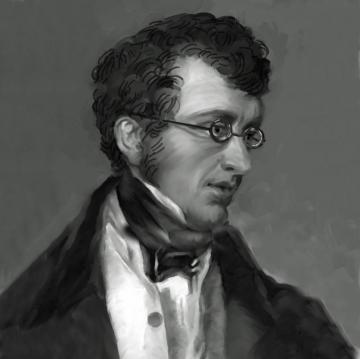
Thomas Buxton (1786 - 1845)
Thomas Fowell Buxton became the anti-slavery leader in Parliament following William Wilberforce’s retirement in 1825. He was MP for Weymouth from 1818 to 1837. He was a Quaker and a strong advocate for social reform, working with Elizabeth Fry among others. While working with Wilberforce, Buxton founded the Society for the Mitigation and Gradual Abolition of Slavery, which tried to build on the successful abolition of the slave trade and end slavery itself. He campaigned tirelessly to this end until the passing of the Emancipation Act in 1833, and is quoted as saying ‘with ordinary talent and extraordinary perseverance, all things are attainable’. As slavery was still a major activity in other parts of the world Buxton wrote ‘The African Slave Trade and its Remedy’ in 1839, which called for diplomacy with African nations to end the slave trade.
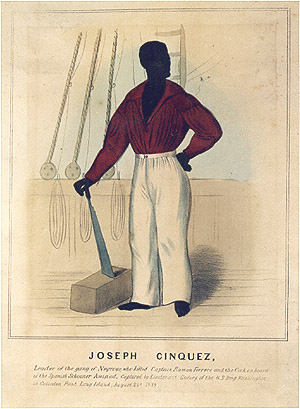
Joseph Cinquez (c.1811 - 1879)
Joseph Cinquez was from the West African Mendi people. He was captured by other Africans, the Ley people, and sold to a Spanish slave trader. In 1839 Cinquez led the rebellion on board the slave ship Amistad, sailing from Cuba. He tried to force the crew to return to Africa, but the ship was taken into custody by the Americans and Cinquez and others were charged with piracy. He was freed in 1841, after learning some English and being exposed to Christianity. He returned to Africa to find his village destroyed and his family missing. He lived with missionaries and requested a Christian burial.
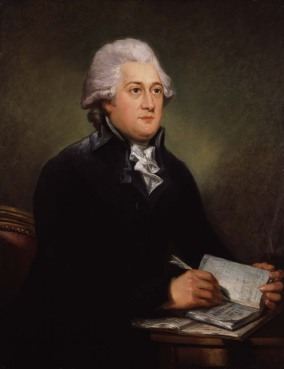
Thomas Clarkson (1760 - 1846)
The Reverend Thomas Clarkson was the driving force of much of the anti-slavery campaign, collecting evidence, pamphleteering, speaking and raising funds. He devoted his life to the abolitionist cause and achieved national and international importance and success in ending, first, the slave trade and finally slavery itself. He was an imposing activist, over six feet tall, with thick red hair and intense blue eyes. He became committed to the abolition of slavery after winning an essay-writing competition on the subject as a student at Cambridge in 1785, and it took over the life of the young clergyman.
He was a founder member of the Society for Effecting the Abolition of the Slave Trade, and wrote ‘A summary View of the Slave Trade and of the Probable Consequences of its Abolition’ in 1787, a graphic account of the horrors of slavery based on his research evidence. He had an almost fifty-year lobbying relationship with William Wilberforce, but it is Wilberforce whom people associate with the abolition of slavery not Clarkson. Yet it was Clarkson who risked his life collecting evidence of the slave trade throughout the UK, and who suffered a breakdown from physical exhaustion as a result in 1793. He inspired and led others, and was the campaign’s ‘moral steam-engine’ according to Samuel Taylor Coleridge.
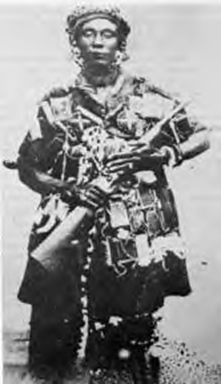
Yaa Asantewaa (1840 - 1921)
Yaa Asantewwa witnessed her brother, the King Nana Akwasi Afrane Okpese, trying to expand the Asante group of states into an empire as great as that of the Ghana empire or that of the Europeans. He declared war on the Fante and Ga people and formed alliances with the Dutch and then with the British. Driven by the desire to obtain guns, the King sold his own people as slaves, and used slaves to build his palace, resulting in many deaths during his reign.
Yaa Asantewwa rebelled against her brother, in her role as Queen Mother, and when he died in 1894 she nominated her own grandson as King of Edweso (an Asante state). He was quickly deported by the British, and Yaa Asantewaa made herself Queen in 1896 and personally led a war of resistance in 1900 confronting the injustice and the colonialism of the British. She used tactics and developed a military strategy rather than fighting herself. She was an inspirational leader, visiting her soldiers in battle to give advice and gunpowder.
Yaa Asantewaa’s war was the last of the major war in Africa led by a woman. She was eventually captured and sent into exile to the Seychelles off the east coast of Africa where she died in 1921.
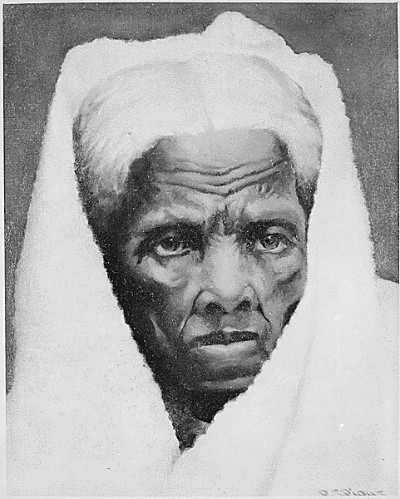
Harriet Tubman was born a slave in Dorchester County, Maryland in about 1820. In 1848 Tubman decided to try and escape from her plantation. Her husband, John Tubman, refused to go with her as he believed it was too dangerous. Her two bothers accompanied her but later they became frightened and decided to return to the plantation.
Tubman made her way north by the Underground Railroad. Later, Tubman returned to rescue the rest of the family. This was the first of 19 secret trips she made to the South, during which she guided more than 300 slaves to freedom. Tubman's activities became so notorious that plantation owners offered a $40,000 reward for her capture.
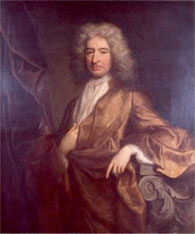
Edward Colston (1636 - 1721)
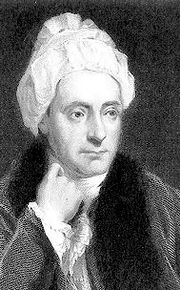
William Cowper (1731 - 1800)
William Cowper was born in Berkhamsted, Hertfordshire, and trained as a solicitor. He abandoned that business due to severe depression and his gradual recovery coincided with the beginning of his conversion to Christian evangelicanism. It was through the Church that he met John Newton who influenced him greatly and they wrote many popular hymns together. He became a poet, translator, hymn- and letter-writer. When Newton became involved in the anti-slavery movement, William Cowper wrote powerful poems addressing the issue, including ‘The Negro’s Complaint’.
Coffy (d. 1763)
Coffy was born in West Africa and led a slave rebellion in the colony of Berbice (now part of Guyana). Divisions grew between African-born slaves and those born in Berbice and so Coffy relinquished his leadership and committed suicide. After independence, Coffy became Guyana’s first national hero.
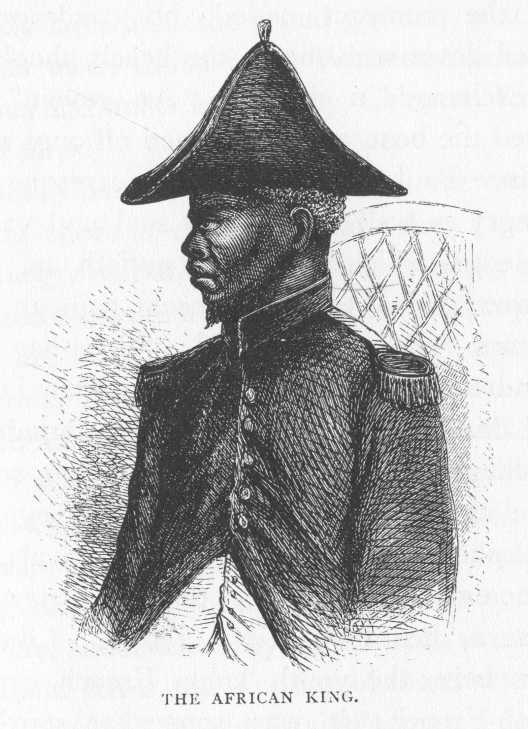
- Afonso I (c.1456 - c.1545)
- Afonso (often spelt Affonso) was the ruler of the Kongo-Kingdom (present day Angola and Congo) from 1506. He was the son of a Christian convert and he protested to King Manuel of Portugal over the activities of the Portuguese trading in copper, ivory and slaves. He unsuccessfully tried to limit the number of slaves the Portuguese could take: the Portuguese in return attempted unsuccessfully to assassinate him. He proved insufficiently powerful to expel the Portuguese who continued their trade.